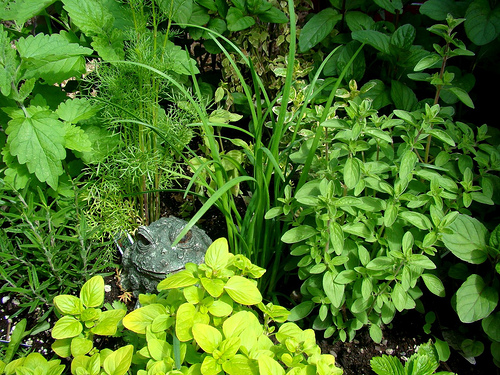
Making your own herbal concoctions for medicinal purposes is easier than you think! The best remedies come from fresh plants, so growing your own herbs ensures potency and quality.
However, even the finest plants can lose their healing properties if prepared incorrectly. The right method depends on the plant part used, how you plan to take the remedy, and the intended effect. Keep in mind that herbal treatments work gradually, not as instant cures.
Below are the most common ways to prepare herbal remedies. Always use an enamel or non-metallic pot to avoid unwanted chemical reactions.
1. Infusion (Herbal Tea)
This method extracts active compounds by steeping herbs in hot water, similar to making tea. Use ½ to 1 ounce of fresh or dried herbs per pint of boiling water. Cover and let steep for 5 to 10 minutes, then strain and drink.
2. Cold Extract
This preserves volatile ingredients while extracting fewer minerals and bitter components. Use twice the amount of herbs as an infusion, soak in cold water for 8 to 12 hours, strain, and drink.
3. Decoction (Boiled Herbal Extract)
Ideal for extracting minerals and bitter compounds, but less effective for preserving vitamins. Use ½ ounce of herbs per cup of water, boil for 3 to 4 minutes, then cover and steep briefly before straining.
4. Herbal Juice
Press fresh plant parts to extract juice, adding a little water if needed. Drink immediately to maximize nutrient absorption.
5. Herbal Syrup
A concentrated liquid remedy with medicinal ingredients. Boil 3 pounds of raw brown sugar in a pint of water until it thickens to the desired consistency.
6. Herbal Powder
Grind dried herbs into a fine powder. You can take it with water, milk, or soup, or encapsulate it for easy consumption.
7. Ointment (Herbal Salve)
- Quick Method: Mix 1 part powdered herbs with 4 parts hot petroleum jelly or lard.
- Traditional Method: Simmer a decoction of herbs in olive oil until the water evaporates. Add beeswax for a firmer consistency. To extend shelf life, add a drop of benzoin tincture per ounce of fat.
8. Herbal Essence
Dissolve 1 ounce of essential oil from the herb in a pint of alcohol. This method preserves volatile compounds that don’t dissolve in water.
9. Poultice (Topical Herbal Paste)
Crush fresh plant material into a paste, mix with a warm, sticky substance like flour or cornmeal, and apply to the skin. Cover with a hot towel and keep moist to draw out impurities.
10. Herbal Bath
Enhance bathwater with herbal infusions or decoctions for therapeutic benefits. Boil plant material in a quart of water, strain, and add to the bath. You can also place herbs in a cloth bag and submerge it in the tub.
By understanding these preparation techniques, you can create effective herbal remedies tailored to your needs. Always research each herb’s properties and consult an expert if needed before use!


I found this book that could help you to find a good guide on how to make herbal remedies instead of taking lot of pills.
http://bit.ly/32Twi5N
Hope is a good recommendation for you 🙂